As your body changes throughout pregnancy, having the right-sized exercise ball can provide much-needed support and comfort. But with various ball diameters available, how do you select the perfect fit? This post will help you find the ideal birthing ball dimensions based on your height, weight, and stage of pregnancy.
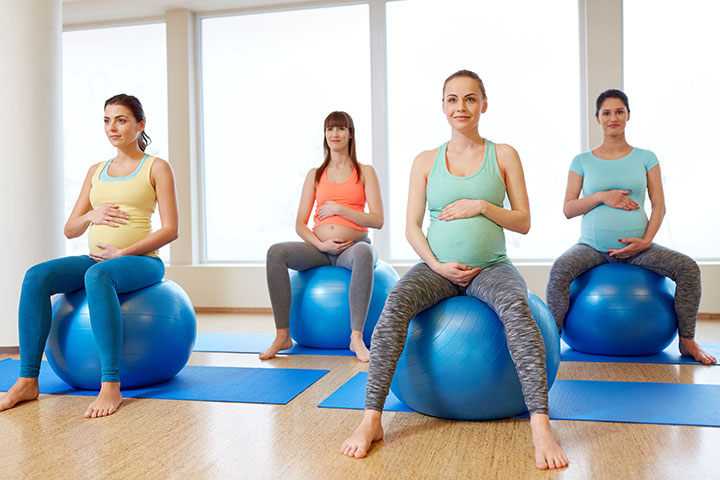
We’ll cover factors like optimal ball positioning for exercises, stretches, and even labor. With a ball customized to your bump, you can reap the benefits of this versatile tool while minimizing strain and discomfort.
Contents [hide]
How to Choose the Right Birthing Ball Size for Pregnancy?
An exercise ball, often called a birthing ball, can be a fantastic companion throughout your pregnancy. It offers numerous benefits, from relieving back pain and improving posture to aiding with labor and delivery. But for optimal comfort and safety, choosing the right size ball is crucial. Here’s a detailed breakdown to help you find your perfect fit:
The Height Factor:
Your height is the primary determinant of the ideal exercise ball size. When you sit on the ball with proper posture, your hips should be slightly higher than your knees, forming a comfortable 90-degree angle at the hips and knees. Here’s a general size guide based on height:
- 5’8″ and below: A 65 cm ball is likely the most comfortable size for you.
- Over 5’8″: Opt for a 75 cm ball to ensure proper hip and knee positioning.
Considering Weight and Comfort:
While height is a good starting point, it’s important to factor in your weight as well. If you’re carrying more weight than average for your height, the ball might compress more when you sit on it, potentially compromising ideal hip and knee angles. Here’s what to consider:
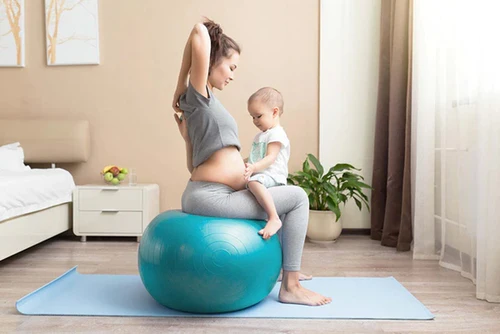
- Try before you buy: If possible, visit a store that sells exercise balls and try sitting on different sizes. This allows you to feel the comfort level and ensure proper hip and knee positioning.
- Consult your healthcare professional: If you’re unsure about the right size or have any concerns, speak to your doctor or midwife. They can provide personalized guidance based on your individual needs and body composition.
Checking Your Posture on the Ball
Here’s a simple trick to ensure you’re on the right track with ball size:
- Sit comfortably on the ball with your feet flat on the floor.
- Assess the angle at your hips and knees.
- If your knees are significantly higher than your hips, the ball is likely too small.
- Conversely, if your hips are much higher than your knees, the ball might be too big.
Additional Considerations for a Safe and Happy Pregnancy Journey
Beyond size, here are some additional factors to keep in mind when choosing your exercise ball:
- Material: Look for a ball made from a durable, anti-burst material like PVC. These balls are designed to deflate slowly in case of a puncture, ensuring safety during use.
- Weight limit: Make sure the ball has a weight limit that can comfortably accommodate you throughout your pregnancy. Most exercise balls have a weight limit of at least 300 kg (around 660 lbs), which is sufficient for most women.
- Surface texture: A textured surface can provide extra grip and stability, especially helpful when using the ball for exercises or stretches.
Benefits of Using an Exercise Ball During Pregnancy
Using an exercise ball during pregnancy offers numerous benefits for expectant mothers, both physically and mentally. Here are some of the key advantages:
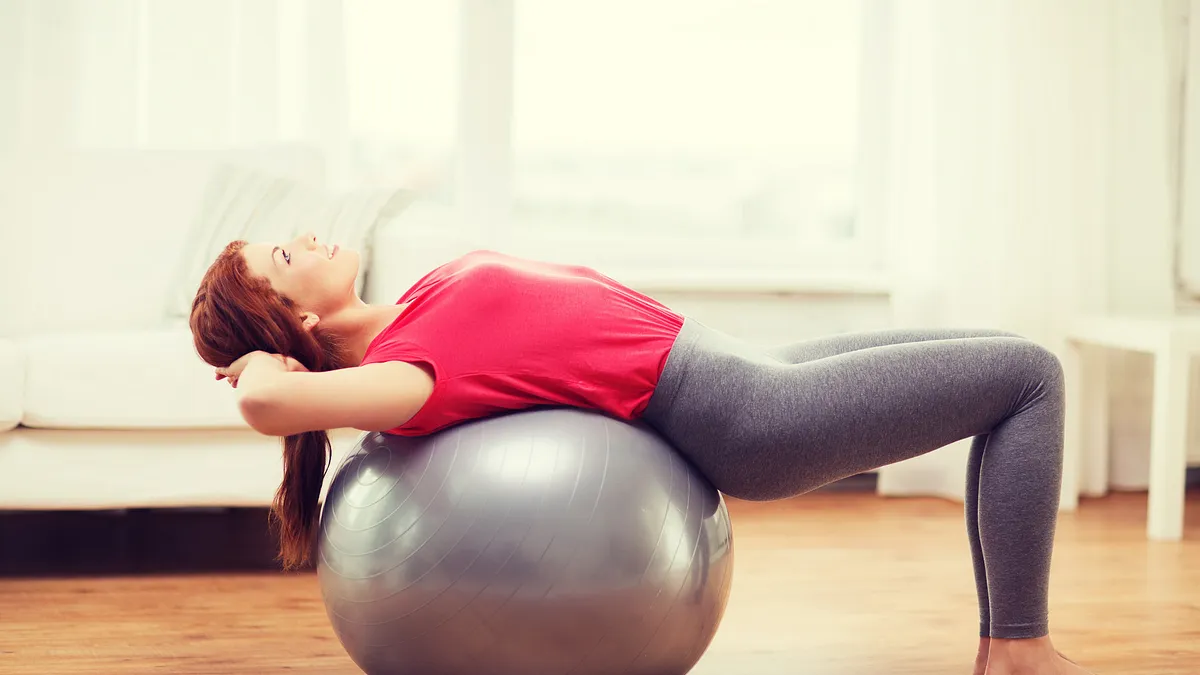
1. Improved Posture:
Regular use of an exercise ball can help improve posture by engaging core muscles and promoting proper spinal alignment. This is particularly beneficial as pregnancy progresses and the body undergoes changes in posture due to the growing belly.
2. Enhanced Core Strength:
Pregnancy places increased strain on the abdominal muscles and pelvic floor. Utilizing an exercise ball for core exercises strengthens these muscles, which can help alleviate back pain and improve stability during pregnancy and labor.
3. Increased Stability and Balance:
As pregnancy shifts the body’s center of gravity, maintaining balance becomes more challenging. Performing exercises on an exercise ball helps train the body to stabilize itself, reducing the risk of falls and enhancing overall balance.
4. Alleviation of Discomfort:
Sitting on an exercise ball can alleviate discomfort associated with pregnancy, such as lower back pain and pelvic pressure. The gentle bouncing motion of the ball can also provide relief from hip pain and sciatica.
5. Facilitation of Labor:
Using an exercise ball for prenatal exercises, such as pelvic tilts and gentle stretches, can help prepare the body for labor and delivery. Sitting and bouncing on the ball during labor may also help ease the intensity of contractions and encourage the progression of labor.
6. Relaxation and Stress Relief:
The rhythmic movement of gently bouncing on an exercise ball can promote relaxation and reduce stress and anxiety levels. This can be particularly beneficial for pregnant women experiencing prenatal stress or anxiety.
7. Versatility in Exercise Options:
An exercise ball offers a wide range of exercise options that can be tailored to individual fitness levels and preferences. From gentle stretching to more challenging strength exercises, pregnant women can customize their workouts to suit their needs and abilities.
8. Preparation for Postpartum Recovery:
Maintaining fitness during pregnancy can help facilitate postpartum recovery by preserving muscle strength and endurance. Continuing to use an exercise ball after childbirth can aid in rebuilding core strength and regaining pre-pregnancy fitness levels.
How To Use An Exercise Ball And How Can I Use It In Labour?
Using an exercise ball during pregnancy and labor offers numerous benefits for expectant mothers. Here’s a guide on how to use an exercise ball during pregnancy and how it can be utilized during labor:
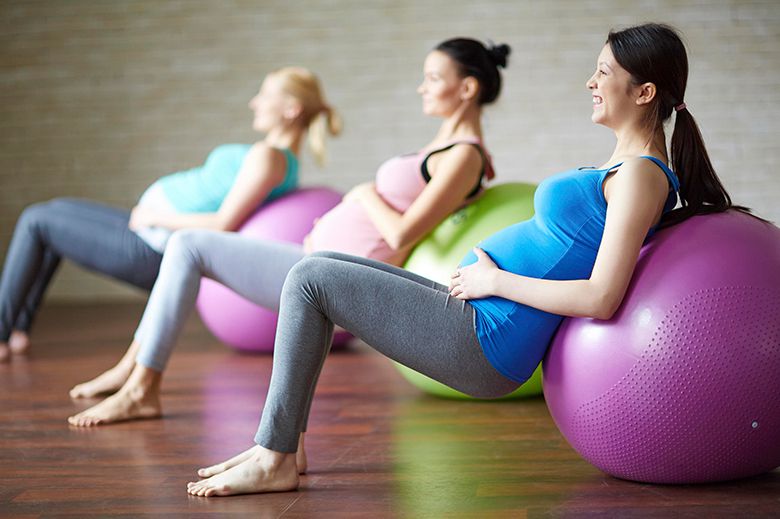
Use an Exercise Ball During Pregnancy:
-
Seated Exercises: Sit on the exercise ball with your feet flat on the floor and knees bent at a 90-degree angle. Engage your core muscles and perform gentle pelvic tilts, side-to-side movements, or circular rotations to strengthen your core and improve posture.
-
Stretching: Use the exercise ball for stretching exercises to alleviate tension in the back, hips, and pelvic area. Lean forward over the ball to stretch the back or gently roll back and forth to massage tight muscles.
-
Pelvic Floor Exercises: Sit on the exercise ball and perform Kegel exercises to strengthen the pelvic floor muscles. Contract the muscles as if you’re stopping the flow of urine and hold for a few seconds before releasing. Repeat several times.
-
Labor Preparation: Practice various positions on the exercise ball that mimic birthing positions, such as squatting, kneeling, or leaning forward. These positions can help open the pelvis, relieve pressure, and encourage optimal fetal positioning for labor.
Use an Exercise Ball During Labor:
-
Sitting: Sit on the exercise ball and gently bounce or rock back and forth to help manage labor pains. This rhythmic motion can provide comfort and distraction during contractions.
-
Pelvic Circles: Perform gentle pelvic circles while sitting on the ball to encourage movement of the baby’s head down into the pelvis. This can help progress labor and relieve pressure on the lower back.
-
Supported Positions: Lean forward over the exercise ball while kneeling or standing during contractions. This position can help alleviate back pain and encourage the baby to descend into the birth canal.
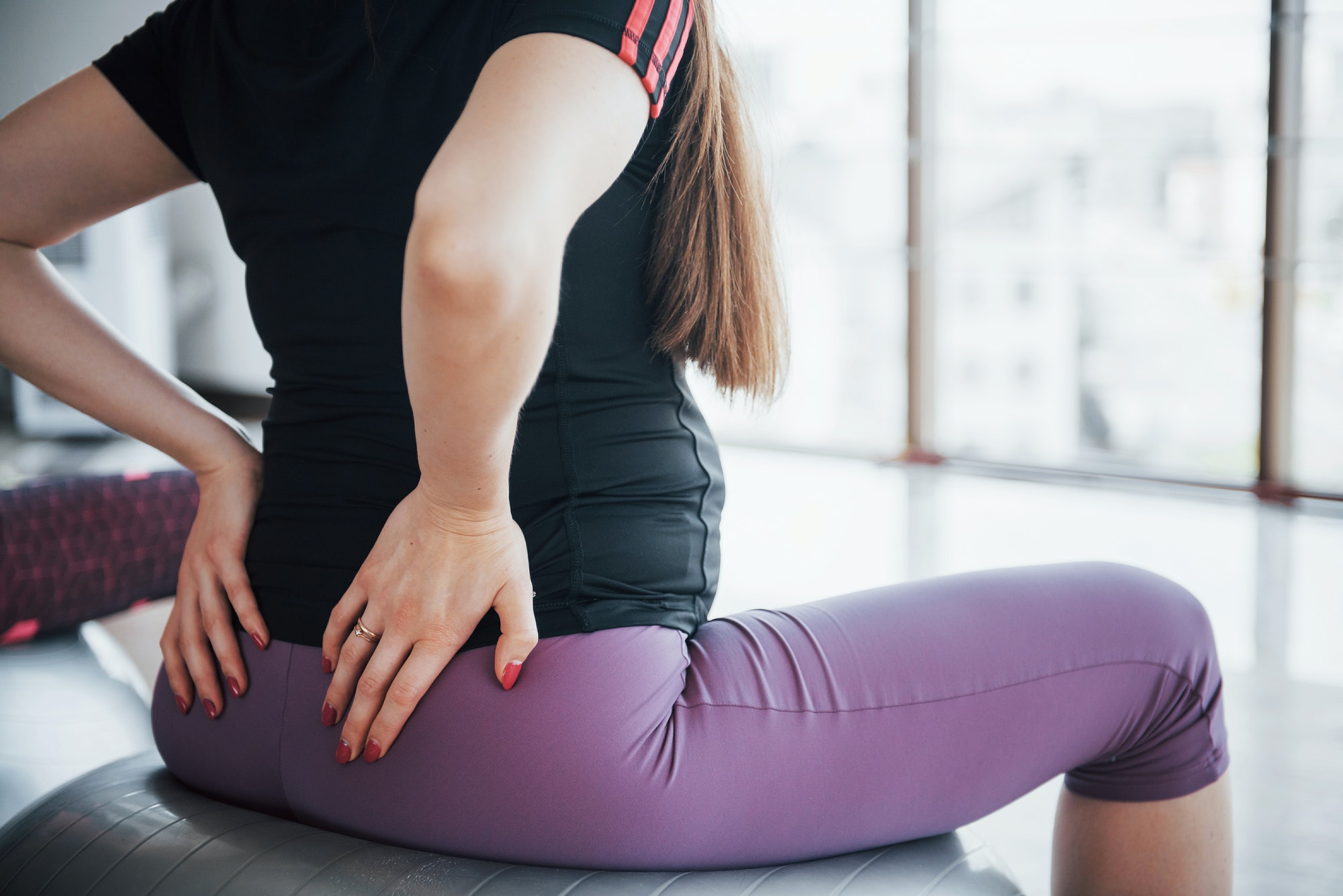
-
Hip Circles: Stand with your feet shoulder-width apart and lean against the exercise ball for support. Rotate your hips in circular motions to ease discomfort and promote relaxation during labor.
-
Bouncing: Sit on the exercise ball and gently bounce up and down between contractions. This movement can help relieve pressure on the pelvis and may assist in opening the cervix.
-
Back Support: Lean back against the exercise ball while sitting on a chair or bed to provide support for your lower back during labor. This can help ease discomfort and promote relaxation between contractions.
Frequently Asked Questions
How can an exercise ball benefit pregnancy fitness?
Incorporating an exercise ball into a pregnancy fitness routine helps strengthen core muscles, alleviate back pain, and promote pelvic floor health through gentle exercises like pelvic tilts and hip circles. During labor, the exercise ball can assist in managing contractions, promoting optimal fetal positioning, and aiding in labor progression by utilizing gravity.
What are the benefits of using an exercise ball during labor?
Using an exercise ball during labor can help manage contractions, encourage optimal fetal positioning, and aid in labor progression by utilizing gravity. It can also provide comfort, support, and facilitate a smoother birthing experience.
How do I choose the right size exercise ball for pregnancy?
Select an exercise ball size based on your height for comfort and effectiveness. If you are up to 5ft 8in (1.73m) tall, opt for a 65cm ball. If you are taller than 5ft 8in (1.73m), go for a 75cm ball to ensure proper support and functionality.

Hello, I’m Ravindra. Over the years, I’ve immersed myself deeply into the world of fitness and health, transforming both my body and mind. Writing has allowed me to share my journey, insights, and expertise with those just starting out and seasoned fitness enthusiasts alike. Beyond just routines and diets, I believe in inspiring others to adopt a holistic approach to well-being.
